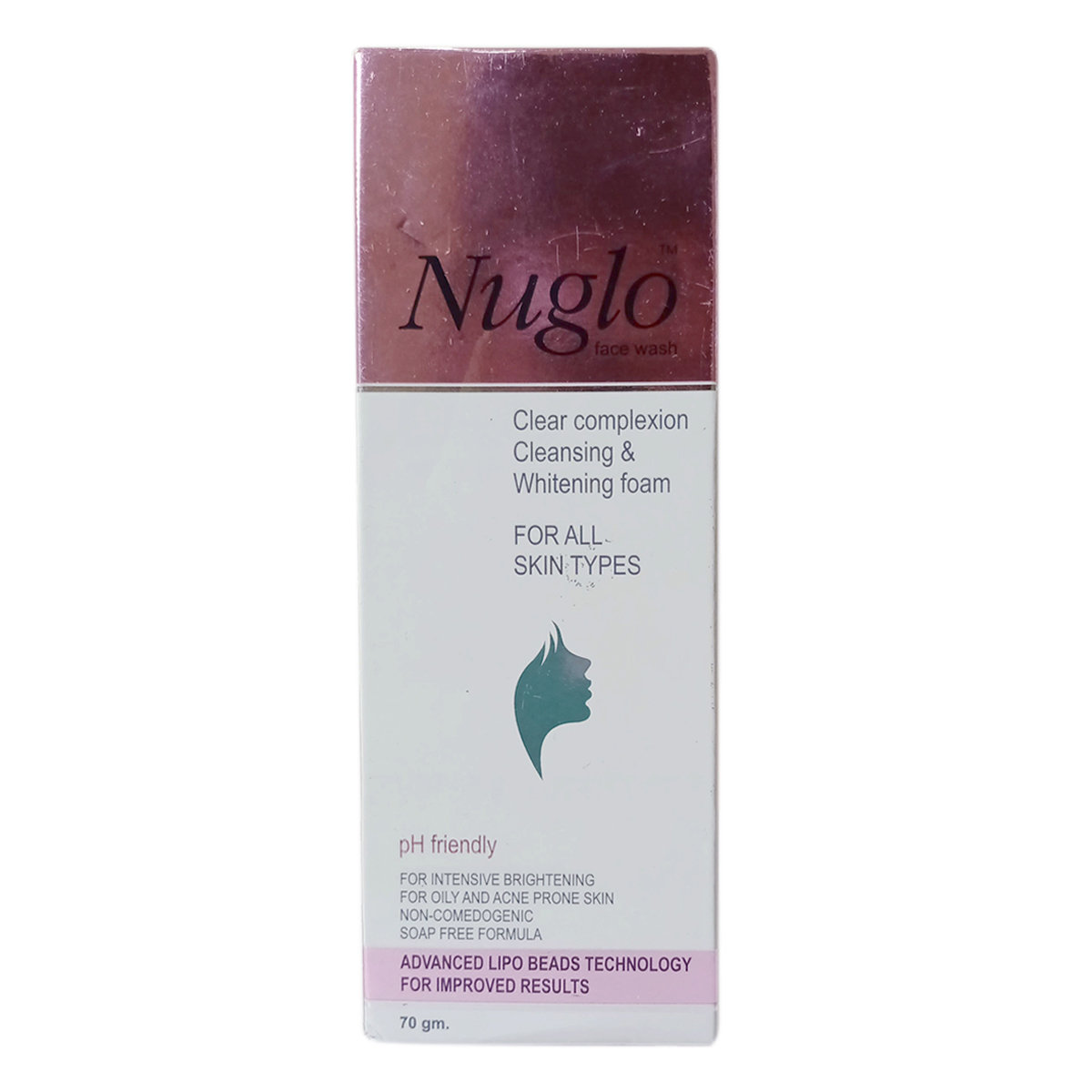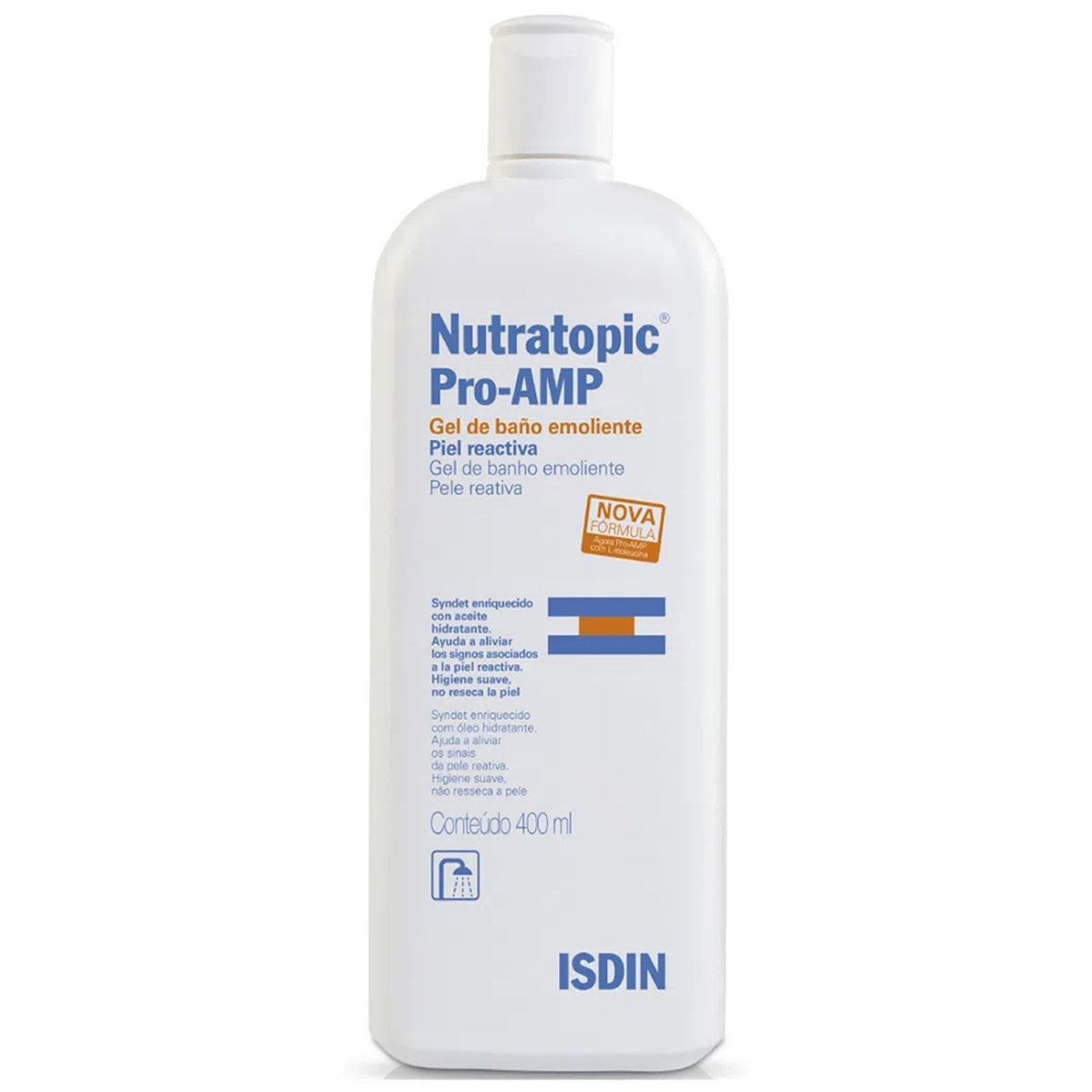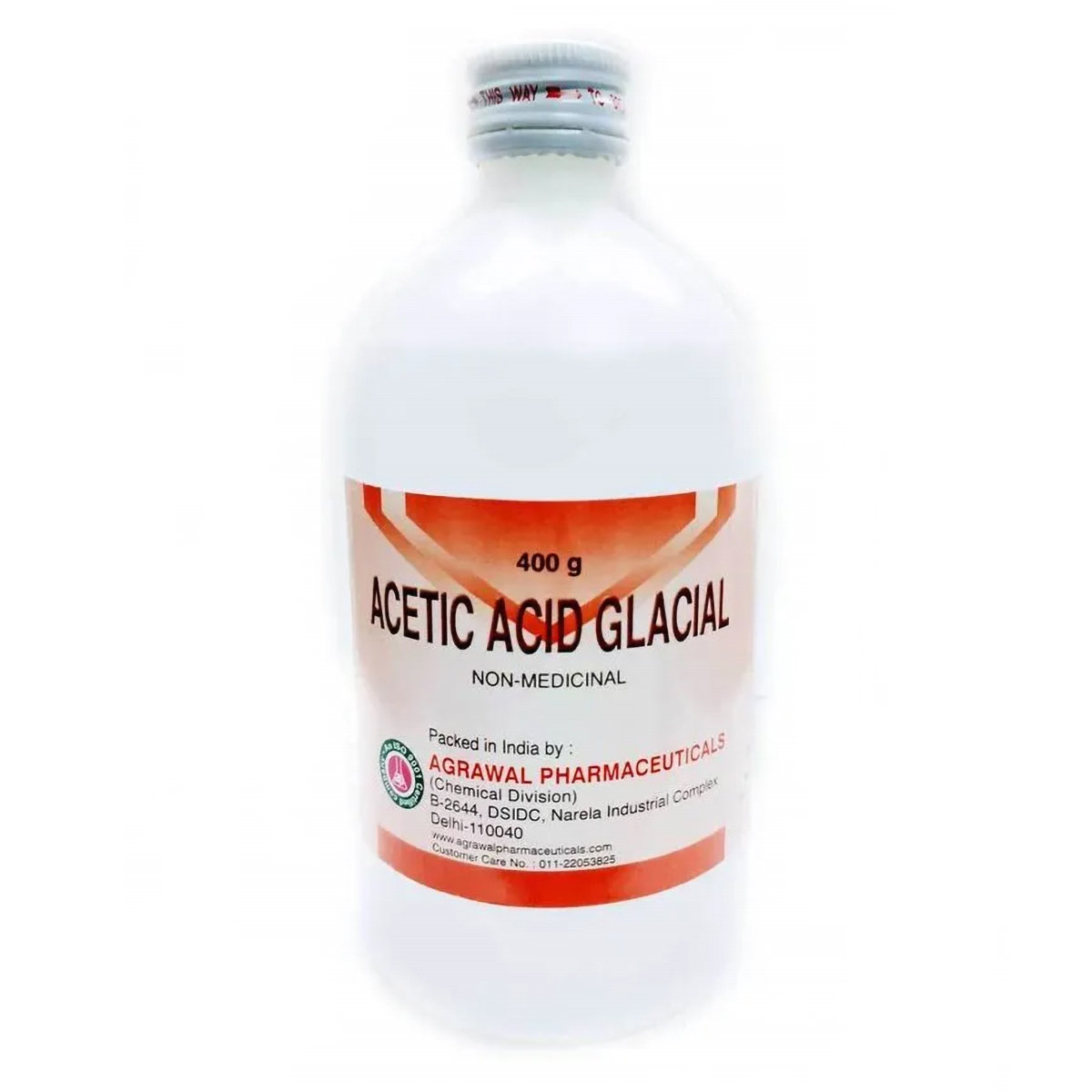Capryl Hydroxamic Acid
About Capryl Hydroxamic Acid
Capryl Hydroxamic Acid belongs to the group of medicines called ‘anticancer or antineoplastic agent’ used in the treatment of cutaneous T-cell lymphoma (CTCL). CTCL is a rare skin-related cancer in which T-cells (white blood cells that play a significant role in the immune system) attacks the skin. Symptoms include red rash-like skin redness that is itchy, raised patches on the skin, and skin tumors.
Capryl Hydroxamic Acid contains ‘Capryl hydroxamic acid’ which is an anticancer agent. It is a histone deacetylase (HDAC) enzyme inhibitor. HDAC is an enzyme that plays an important role in the development of cancer. So, inhibiting this enzyme helps to inhibit tumor growth, inhibit cell differentiation (conversion of healthy cells to cancer cells), and cause the death of cancer cells. These effects help to decrease symptoms of the CTCL.
You should take this medicine exactly as prescribed by your doctor. Capryl Hydroxamic Acid may cause side-effects such as diarrhea, fatigue, nausea, thrombocytopenia (decrease in platelet count), anorexia (loss of appetite), and dysgeusia (impaired sense of taste). Let your doctor know immediately if any of these side-effects persist or get worse.
It is not recommended to take Capryl Hydroxamic Acid if you are allergic to any contents of it. Before taking Capryl Hydroxamic Acid, inform your doctor if you have any liver or kidney diseases, history of blood clots, and anemia (decreased red blood cell count). Capryl Hydroxamic Acid is not recommended for use in pregnant and breastfeeding women. Capryl Hydroxamic Acid should be used with caution in children and elderly people. Capryl Hydroxamic Acid may not affect your ability to drive.
Uses of Capryl Hydroxamic Acid
Medicinal Benefits
Capryl Hydroxamic Acid is used in the treatment of cutaneous T-cell lymphoma (CTCL). It helps to inhibit tumor growth, inhibit cell differentiation (conversion of healthy cells to cancer cells), and cause the death of cancer cells. It can effectively decrease skin-related symptoms of the CTCL and also regulate cancer growth.
Directions for Use
Storage
Side Effects of Capryl Hydroxamic Acid
- Diarrhea
- Fatigue
- Nausea
- Thrombocytopenia (decrease in platelet count)
- Anorexia (loss of appetite)
- Dysgeusia (impaired sense of taste)
Drug Warnings
Capryl Hydroxamic Acid increases the risk of blood clots, so patients should be monitored regularly for signs of pulmonary embolism (blood clot in the lungs) and deep vein thrombosis (formation of a blood clot inside a vein). Capryl Hydroxamic Acid may cause thrombocytopenia (decrease in platelet count) and anemia (decrease in red blood cell count). So, blood tests are performed to monitor blood counts every 2 weeks during the first 2 months of treatment and once in a month thereafter. If you develop severe nausea, vomiting, and diarrhea, tell your doctor immediately as you may require therapy to prevent dehydration due to these adverse effects. Do not use Capryl Hydroxamic Acid along with histone deacetylase (HDAC) inhibitors (a medicine used to treat fits such as valproic acid) as it may lead to severe thrombocytopenia.
Drug Interactions
Drug-Drug Interactions: Capryl Hydroxamic Acid may interact with blood thinners (warfarin and dicoumarol), and medicine used to treat fits (valproic acid).
Drug-Food Interactions: No interactions found.
Drug-Disease Interactions: Capryl Hydroxamic Acid should not be used in patients with severe liver diseases. It should be used with caution in patients with a history of blood clots, and anemia (decreased red blood cell count).
Drug-Drug Interactions Checker List:
Safety Advice

Alcohol
cautionIt is not known whether Capryl Hydroxamic Acid may interact with the alcohol. So, please consult your doctor.

Pregnancy
unsafeCapryl Hydroxamic Acid is not recommended for use in pregnant women as it may cause harmful effects to the unborn baby.

Breast Feeding
cautionCapryl Hydroxamic Acid should be used only if clinically needed as it not known whether this medicine can pass through the breast milk.

Driving
safe if prescribedCapryl Hydroxamic Acid may not affect your ability to drive.

Liver
cautionCapryl Hydroxamic Acid should be used with caution in patients with mild to moderate liver diseases. In severe liver impairment, Capryl Hydroxamic Acid use is not recommended.

Kidney
cautionCapryl Hydroxamic Acid should be used with caution in patients with kidney diseases. The dose may have to be adjusted by your doctor.

Children
consult your doctorThe safety and effectiveness of this medicine is not established in children. Therefore, please consult a doctor if you have any concerns regarding this.
Habit Forming
Diet & Lifestyle Advise
- Eat a healthy diet and exercise regularly to maintain proper weight.
- Avoid smoking and alcohol consumption.
- Include leafy vegetables, citrus fruits, fatty fish, berries, yogurt, apples, peaches, cauliflower, cabbage, broccoli, beans, and herbs in your diet.
- Avoid fast food, fried food, processed meats, refined carbs, and added sugars.
- Get optimal sleep, rest well.
Special Advise
- It is advised to monitor blood glucose levels, electrolyte levels, serum creatinine, magnesium, and calcium levels every 2 weeks during the first 2 months of treatment and once a month thereafter till the completion of treatment.
- Women of childbearing potential should use effective and reliable contraception during the therapy and for 6 months after the completion of therapy. Men should also take effective contraception during the treatment and for at least 3 months after the completion of therapy.
Patients Concern
Disease/Condition Glossary
Cutaneous T-cell lymphoma: It is a rare skin-related cancer in which T-cells (white blood cells that play a significant role in the immune system) become abnormal and attack the skin. Symptoms include red rash-like skin redness, itchy skin, raised patches on the skin, hair loss, and skin tumors or lumps on the skin. It occurs due to mutations in the genetic material or DNA. Blood tests, biopsies, and imaging tests can help to diagnose this condition. Treatment is given to control the growth of cancer and reduce symptoms.
FAQs
Capryl Hydroxamic Acid contains ‘Capryl hydroxamic acid’ which is an anticancer agent. It inhibits the histone deacetylase (HDAC) enzyme which plays an important role in the development of cancer. So, inhibiting this enzyme helps to inhibit tumor growth, inhibit cell differentiation (conversion of healthy cells to cancer cells), and cause the death of cancer cells. These effects help to regulate cancer growth and decrease symptoms of the CTCL.
Capryl Hydroxamic Acid may affect fertility. So, it should be used with caution in women of childbearing potential.
The common side-effects of Capryl Hydroxamic Acid are diarrhea, fatigue, nausea, thrombocytopenia (decrease in platelet count), anorexia (loss of appetite), and dysgeusia (impaired sense of taste). Let your doctor know immediately if any of these side-effects persist or get worse.
Capryl Hydroxamic Acid should not be used in people with severe liver impairment. It should also be used with caution in a history of blood clots, and anemia (decreased red blood cell count).
Capryl Hydroxamic Acid may affect glucose levels, electrolyte levels, creatinine, magnesium, and calcium levels. So, it is necessary to undergo these blood tests every 2 weeks during the initial 2 months of treatment and once a month thereafter till the completion of therapy.
Available Medicines for
Capryl Hydroxamic Acid

Ahaglow S Foaming Face Wash 100 ml | Salicylic Acid & Glycolic Acid
1 Bottle
₹678.3 (MRP 798)15%Off
cashback: 0









